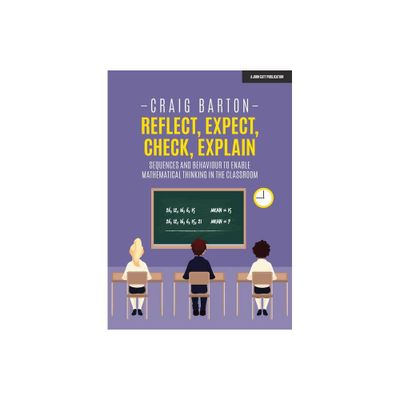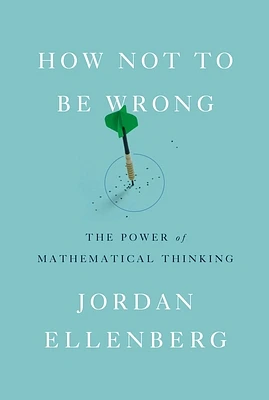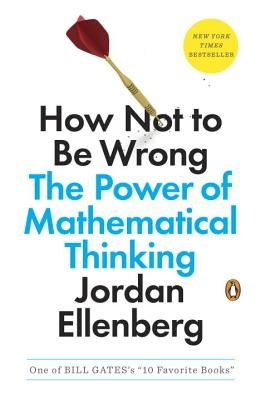Home
Reflect, Expect, Check, Explain: Sequences and behaviour to enable mathematical thinking in the classroom
Loading Inventory...
Barnes and Noble
Reflect, Expect, Check, Explain: Sequences and behaviour to enable mathematical thinking in the classroom
Current price: $24.95


Barnes and Noble
Reflect, Expect, Check, Explain: Sequences and behaviour to enable mathematical thinking in the classroom
Current price: $24.95
Loading Inventory...
Size: OS
*Product Information may vary - to confirm product availability, pricing, and additional information please contact Barnes and Noble
Some students think mathematically. They have the curiosity to notice relationships, the confidence to ask why, and the knowledge to understand the answer. They are the lucky ones. Many others just “do” maths. They look at a question, think about how to answer it, answer it, and then move on.
In this book, Craig Barton, maths teacher and best-selling author of
How I wish I’d taught maths
, offers an approach to help all our students think mathematically. It requires the careful sequencing of questions and examples, the role of the teacher, and the mathematical behaviour of our students. It has transformed his teaching.
Drawing upon research into the Self-Explanation Effect, the Hypercorrection Effect and Variation Theory, together with two years of developing this approach with teachers and students around the world, Craig describes exactly what this looks like in the classroom. But be warned: not everyone agrees. Indeed, it is this very approach that led to Craig being labelled as “the most dangerous and clueless man in maths education.”
If that is not a recommendation to keep reading, we don’t know what is.
In this book, Craig Barton, maths teacher and best-selling author of
How I wish I’d taught maths
, offers an approach to help all our students think mathematically. It requires the careful sequencing of questions and examples, the role of the teacher, and the mathematical behaviour of our students. It has transformed his teaching.
Drawing upon research into the Self-Explanation Effect, the Hypercorrection Effect and Variation Theory, together with two years of developing this approach with teachers and students around the world, Craig describes exactly what this looks like in the classroom. But be warned: not everyone agrees. Indeed, it is this very approach that led to Craig being labelled as “the most dangerous and clueless man in maths education.”
If that is not a recommendation to keep reading, we don’t know what is.













